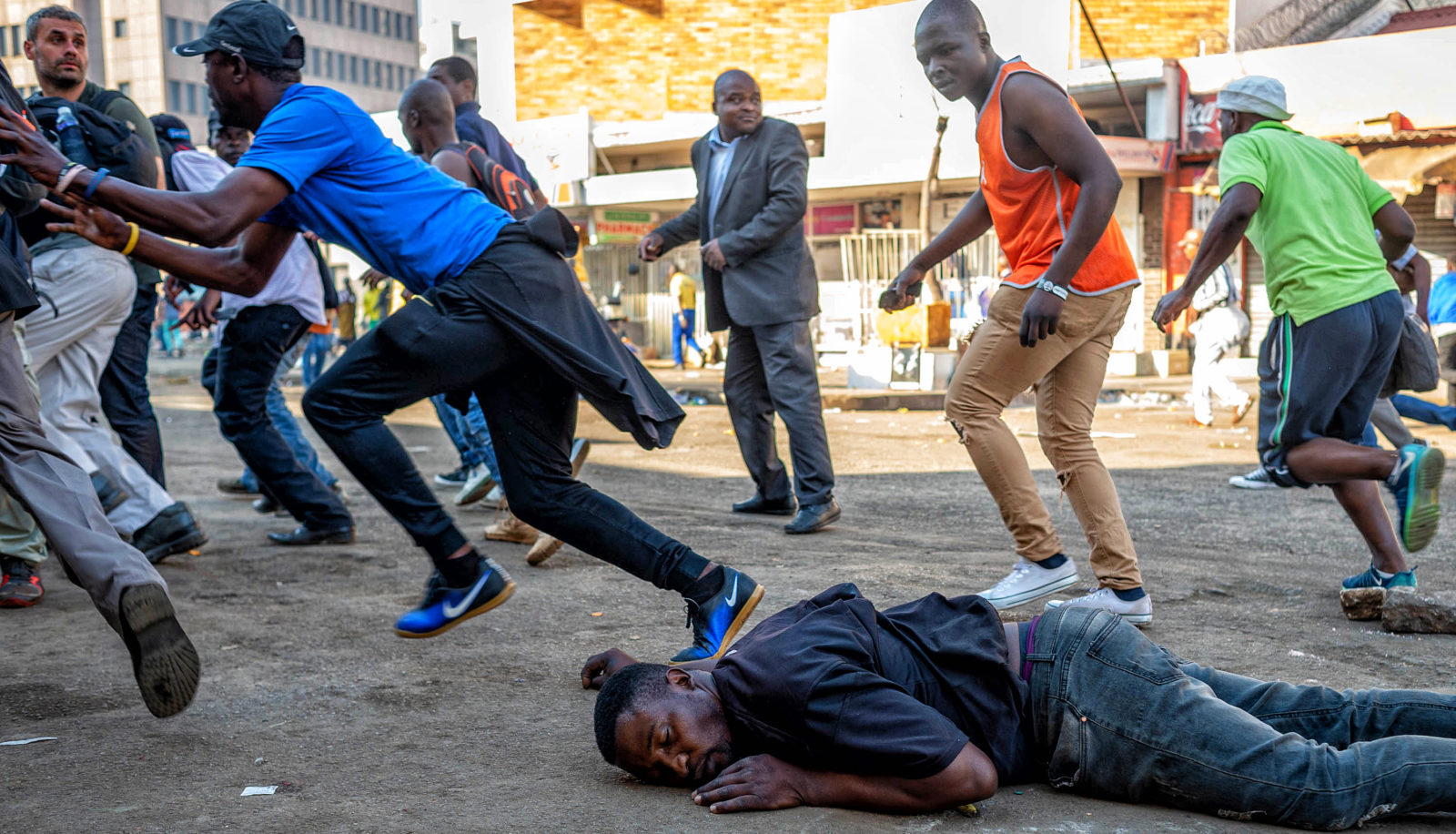
American elections are based on the study of the voting patterns of population groups (demographics); Zimbabweans should take a leaf from this. Only the party that addresses most soundly the different interests of these groups wins the election.
Editorial by Nevanji Madanhire
At the end August, a little over two months before the November 6 US Presidential election, a Republican senator had a hunch.
He said: “We’re not generating enough angry white guys to stay in business for the long term.”
His hunch proved true; the Republican loss in the elections has been put down to the party’s failure to appreciate the ever-changing face and shape of the American electorate.
Senator Lindsey Graham of South Carolina knew that early, that the Republicans were losing the race for the hearts of the different voting groups in America because the party had remained suicidal in its attachment to angry white male voters to the exclusion of almost everyone else.
Jack Noland, a high school student in Washington made the analysis below: “In 1965 the nation was 89% white and 11% black, about the same as it had been during the previous century. Since then, high levels of Asian and Latin immigration have produced an America today which is 66% white and 33% ‘people of colour’, a tripling of the minority population in only four decades. Remarkably, 10% of Americans are of Mexican descent and about 5% of the electorate speaks primarily Spanish. For the first time in US history, a president of mixed race … resides in the White House, “The white male population is dwindling, and it is not a basis for a sustainable political model. Every election statistic supports the idea that independent numbers are rising, and rising fast, and the current right-wing rhetoric is not winning over many new supporters. If it stays on its current track, the Republican Party may find itself a minority, just like its demographic of choice.” In February 2000 when the then ruling Zanu PF party lost in the constitutional referendum by a wide margin, one of its strongmen Emmerson Mnangagwa said the loss was a “wake-up call” to the fact that the party can lose elections. Zanu PF had not lost an election since independence in 1980. It should have been a wake-up call to the fact that Zimbabwe’s demographics had changed since then, which fact Zanu PF had chosen to ignore.
In the 1980 Independence election, more than 95% of all black people voted for liberation movement parties, Zanu PF and PF-Zapu. Then, it could be argued, history had made them a standardised group.
- Warrant of arrest canceled for illegal billboard accused
- The trial of Directors accused of erecting illegal billboard deferred again
- Illegal Borrowdale billboard erector issued with warrant of arrest again
- Warrant of arrest against billboard businessman
Keep Reading
Colonial history was a white master versus an oppressed black servant affair, so the first post-colonial election was basically a way of correcting this.
But soon after the liberation euphoria, surely, the population naturally mutated into many groups with varied interests. The civil service, for example, became larger and predominantly black.
Its interests naturally differed from those of the rural peasant population which remained large and looked up to the new government for support, mainly during the planting seasons. Because of the recurrent droughts, it was always going to be difficult to wean off this group from its dependence on government.
Civil servants on the other hand were generally an educated lot that sought pride in self-sustenance and therefore looked up to government for reasonable remuneration.
Between these two huge groups were various others that sought their own ways of benefiting from the country’s independence.
These included people driving the country’s industrial, mining and financial sectors. There was also the huge farming community population which depended almost entirely on the success of the commercial farming sector.
Very importantly, the born-free population was growing pretty fast. These were the people born after independence and were voting for the first time in 2000.
The free education policy launched in 1980 had also produced a huge population of literate people who however could not find jobs. The majority of these had drifted into urban centres where they were prepared to live in backyard shacks and engage in all manner of informal activities to eke out a living.
An educated elite also developed due to the expansion of tertiary education. Add to this, the group that dabbled in business. By the turn of the millennium, the demographics had therefore changed in a revolutionary way.
Zanu PF did not recognise this and continued to treat everyone as the poor chap in 1980 who was thankful for being liberated from colonial rule.
This lack of a demographical appreciation of the population explains the tragedy that was to befall the country from the year 2000. It explains all the violence that ensured on the farms, in the communal lands, in the urban centres, generally in the whole length and breadth of the country.
Instead of addressing the concerns of the various groups separately, Zanu PF sought to “collectivise” the entire population’s thinking. Collectivism simply could not be achieved without coercion.
In the rural areas where the policy stood its greatest chance of success, civil servants stood in the way, hence teachers as a group were the biggest casualties of the coercion that was necessary to bring them into line. On the farms, the hundreds of thousands of farm workers had realised they were better off sticking with the commercial farmers because their livelihoods depended almost entirely on the farmers than on government.
They had to be dispersed so they didn’t remain such a huge voting bloc. The sickness of the whole strategy came to a climax in May 2005 with Operation Murambatsvina; the urban poor had coalesced into a huge mass of anti-government sentiment and had voted en masse for the opposition. They had to be dispersed in manner that has now been defined as a crime against humanity.
The wanton disregard for the changing voting patterns seems likely to continue in the elections next year, hence pockets of violence are already beginning to appear across the country.
Political parties continue to think that voters can be wooed by the distribution of certain things. Giving out US$20 million to communal and small-scale farmers alienates a party from other voting groups, so does the distribution of bicycles. Not everyone needs seed, neither does everyone need a bicycle.
A holistic approach to all various interest groups is the winner. The Democrats of America have just shown the validity of this approach.











